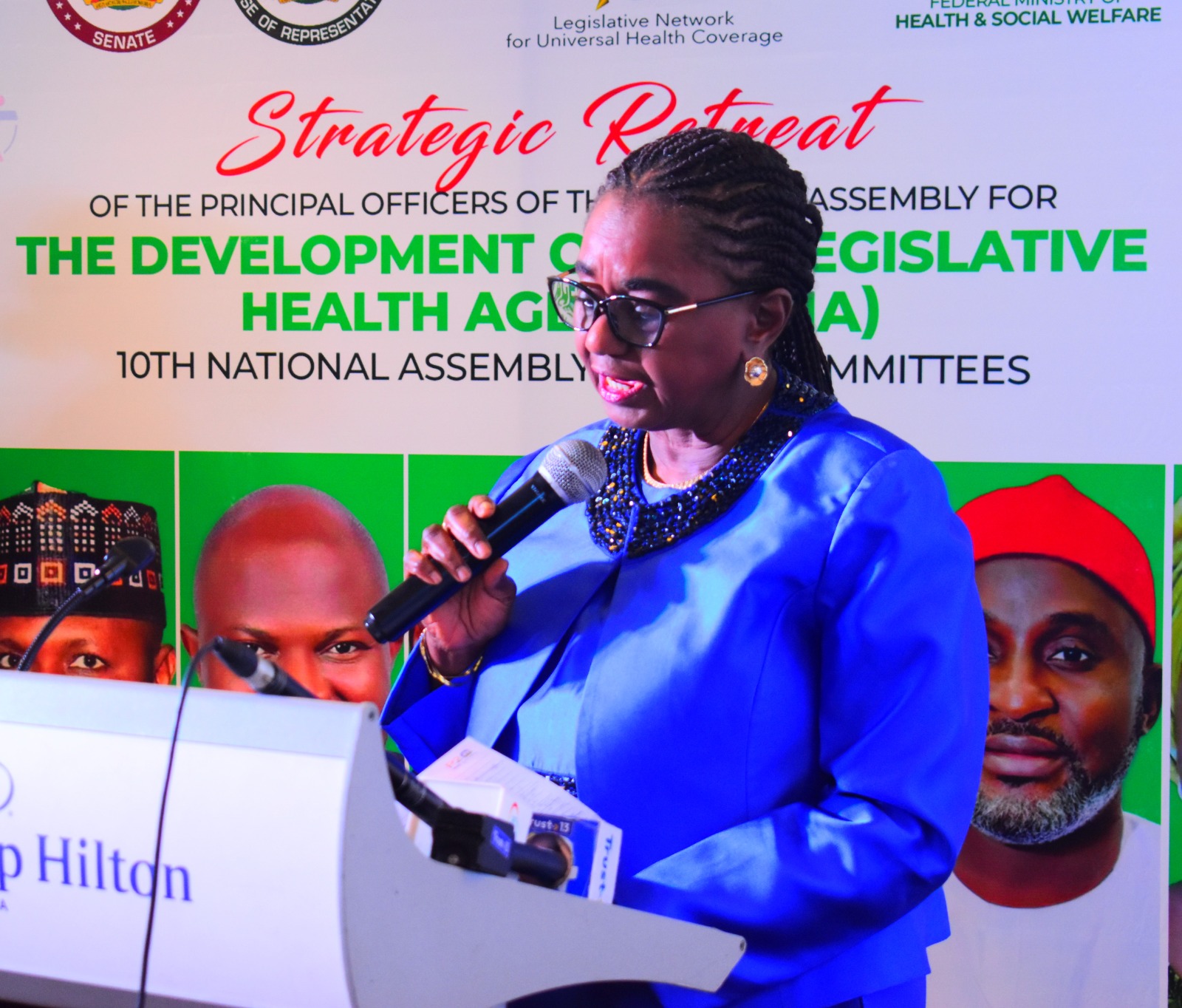Health
HOW TO TRANSFORM SKINNY FAT TO FIT
If you are reading this post, you may be wondering if going from skinny fat to fit is an achievable feat. It is possible that you have come across a lot of testimonies from people that claimed that they have achieved this seemingly unattainable feat. However, any you may feel skepticism is understandable when you consider that you probably haven’t actually met anyone who has had success in this area yourself.
The truth is that you want to believe these stories because you desire to experience this transformation in your own body. Well, the good news is that it is totally achievable and the better news is that it is actually quite easy to achieve.
In this post, we will take you through some tips that will help you move from skinny fat to fit.
THE CONCEPT OF SKINNY FAT
The truth is that without proper understanding you may think that you have skinny fat when you don’t. This lack of knowledge may make you feel like the tips that will be provided below are not working. Hence, we have decided to help you first understand what skinny fat is.
When a person has a high percentage of fat in his body and still looks skinny when wearing clothes, the person is said to have skinny fat. Some features you will see with this person are a gut that is paunchy and in a few instances the person may even have what are commonly called man boobs.
You know that this person does not fall into the fat or obese category yet you cannot say that his body is fit. He often appears thin but has extra layers of fat in his body.
WHERE DOES SKINNY FAT COME FROM?
The best way to identify if a person has skinny fat or not is when they are without clothes. This is because it is difficult to tell when they are clothed. Click this link for a cool way to improve your body weight.
The major reason why people tend to have skinny fat is that they have terrible nutrition and exercise habits. A lot of people just go for cardio exercises whenever they feel like shedding off weight. They also perform these exercises alongside cutting down the number of calories they consume. As if that is not enough, they include fat-shredding supplements that are ineffective to the list.
The result of these combinations is often skinny fat. Though they have successfully shed some weight, they are deficient in calories.
TIPS TO GETTING RID OF SKINNY FAT
Here are a few tips that will help you get rid of skinny fat:
- BEST EXERCISING ROUTINES: If you have been hitting the gym a lot, it is ok to go for heavy-lifting. However, if this is your first time in the gym or you have been off weight lifting for a while, you should not start off like this. Start with movement routines then add weight lifting as time goes on.
- TAKE YOUR DIET SERIOUSLY: There is more to shedding skinny fat than exercise. Your diet also plays a crucial role in the equation. Cut down on calorie intake and eat a little over 1g of protein per weight pound. Consume about 0.45g of fat per weight pound. Compensate for calorie deficiencies by eating 10 g of fiber for every 1,000 calories consumed.
In conclusion, you will need to give yourself between 3 to 6 months to successfully get rid of that skinny fat.
Health
FG Launches Initiative To Combat Malnutrition Among Children
The Federal Government has begun a scheme to battle malnutrition in children.
Tagged, “Nutrition 774 Initiative”, the programme was unveiled by Vice President Kashim Shettima as it falls within a framework for the Federal Government’s comprehensive vision for a nationwide nutrition programme to address malnutrition and food insecurity in Nigeria.
The proposed programme, “Nutrition 774 Initiative,” aims to improve nutritional outcomes across all 774 local government areas (LGAs) in the country.
Speaking yesterday during a roundtable with development partners at the Presidential Villa, Abuja, VP Shettima said the initiative aligns with President Bola Ahmed Tinubu’s broader focus on food security and availability across Nigeria.”The priority with which His Excellency, President Bola Ahmed Tinubu, has pursued food availability has gone hand-in-hand with our commitment to eradicating malnutrition.
“Our aspiration as a nation goes beyond the mere abundance of food in our barns and warehouses. We cannot claim victory unless there is certainty that each household across Nigeria has access to the preferred and prescribed diets essential for a healthy life,” the vice president stated.
It would be recalled that the 144th meeting of the National Economic Council (NEC) had in September endorsed the Nutrition 774 programme as a primary platform for combating malnutrition within Nigerian communities.
The council encouraged development partners to provide financial and technical assistance to support this initiative.
Health
Banigo Canvasses E-Health Devices For Nigeria’s Healthcare Dev

The importance of e-Health devices and digital health solutions in improving Nigeria’s healthcare system has been emphasised by Senator Ipalibo Harry Banigo, Chairman of the Senate Committee on Health, Secondary and Tertiary.
She also stressed that health is a multilayered activity and a multisectoral collaboration that requires legislators to work together to provide legislation, implement policies, and track funds effectively.
Banigo, who represents Rivers West Senatorial District in the National Assembly, made these remarks at the 5th Annual Legislative Summit on Health in Abuja, themed “Improving Legislative Stewardship and Accountability for Universal Health Coverage.”
She highlighted the potential of eHealth devices, especially given Nigeria’s large population and limited healthcare professionals.
“We can develop platforms that can be accessed through simple phones, even in remote villages, to provide health education and interventions,” she said.
“We are not talking about highfalutin things; we are talking about what will impact communities at the grassroots level, particularly pro-poor initiatives that will benefit vulnerable populations.”
Banigo also emphasized the importance of accountability and effective care, encouraging legislators to share knowledge, engage in peer reviews, and exchange information to achieve better health outcomes.
She recalled the cholera outbreak, where basic health education and interventions could have been delivered via mobile phones, preventing preventable deaths.
The 5th Annual Legislative Summit on Health brought together federal and state legislators, the Coordinating Minister of Health and Social Welfare, Prof. Muhammad Pate, the World Health Organisation’s representative in Nigeria, Dr. Walter Mulombo, and other dignitaries.
Health
WHO Targets One Billion For Better Health
The World Health Organisation (WHO) says it is targeting 1 billion more people to enjoy better health and well-being will by 2025.
The plan it said is driven primarily by improvements in air quality and access to water, sanitation and hygiene measures.
Meanwhile, the body has listed it achievements in a Report of 2023, the most comprehensive to date.
The report showcases achievements of key public health milestones by the world health apex agency even amid greater global humanitarian health needs driven by conflict, climate change and disease outbreaks.
The report is expected to be released ahead of the 2024 Seventy-seventh World Health Assembly, which runs from 27 May, 1st June, 2024.
WHO revised Programme Budget for 2022–2023 was US$ 6726.1 million, incorporating lessons learned from the pandemic response and addressing emerging health priorities.
With 96percent of WHO country offices providing 174 country reports on achievements, the report shows some progress towards 46 targets and highlights some challenges.
“The world is off track to reach most of the triple billion targets and the health-related Sustainable Development Goals,” said Dr. Tedros Adhanom Ghebreyesus, WHO Director-General. “However, with concrete and concerted action to accelerate progress, we could still achieve a substantial subset of them. Our goal is to invest even more resources where they matter most at the country level while ensuring sustainable and flexible financing to support our mission.”
The report shows advancement in several key areas, including healthier populations, Universal Health Coverage (UHC), and health emergencies protection.
Related to healthier populations, the current trajectory indicates the target of 1 billion more people enjoying better health and well-being will likely be met by 2025, driven primarily by improvements in air quality and access to water, sanitation and hygiene measures.
In terms of UHC, 30percent of countries are moving ahead in coverage of essential health services and providing financial protection. This is largely due to increased HIV service coverage.
Regarding emergencies protection, though the coverage of vaccinations for high-priority pathogens shows improvement relative to the COVID-19 pandemic-related disruptions in 2020–2021, it has not yet returned to pre-pandemic levels.
The Pandemic Fund’s first disbursements totaled US$ 338 million in 2023, supporting 37 countries to fund the initial response to acute events and scale up life-saving health operations in protracted crises. WHO continues to work with countries and partners to enhance genomic sequencing capabilities and strengthen laboratory and surveillance systems worldwide with capacity increased by 62percent for SARS-CoV-2 between February 2021 and December 2023.
It said one of the achievements is the world’s first malaria vaccine, RTS,S/AS01 administered to more than two million children in Ghana, Kenya, and Malawi during the biennium, reducing mortality by 13% among children eligible for vaccination. WHO’s prequalification of a second vaccine, R21/Matrix-M, is expected to further boost malaria control efforts.
The first-ever all-oral treatment regimens for multi-drug-resistant tuberculosis were made available in 2022, allowing the highest number of people with tuberculosis to get treatment since monitoring began almost 30 years ago.
-
Niger Delta6 hours ago
Diri Rejects S’South PDP Congress … Calls For Unity
-
Business3 hours ago
FX Reserves Dropped By $1.3bn In Feb – CBN
-
Sports3 hours ago
African Games: Umoafia Claims Three Gold In Weightlifting
-
News7 hours ago
We’re Donating Helicopter To NAF To Enhance Nigeria’s Security, Economic Rebound – Fubara
-
Politics3 hours ago
LP Inaugurates Fence Mending Committee With NASS Members
-
Niger Delta6 hours ago
C’River Revokes Obudu Cattle Tanch Concession
-
Business3 hours ago
Firm Unveils N25m Contest For Entrepreneurship
-

 Editorial3 hours ago
Editorial3 hours agoRivers: Let The Projects Go On

